The first time we had heard of Vanuatu was because of the TV show Survivor which had filmed a season there.
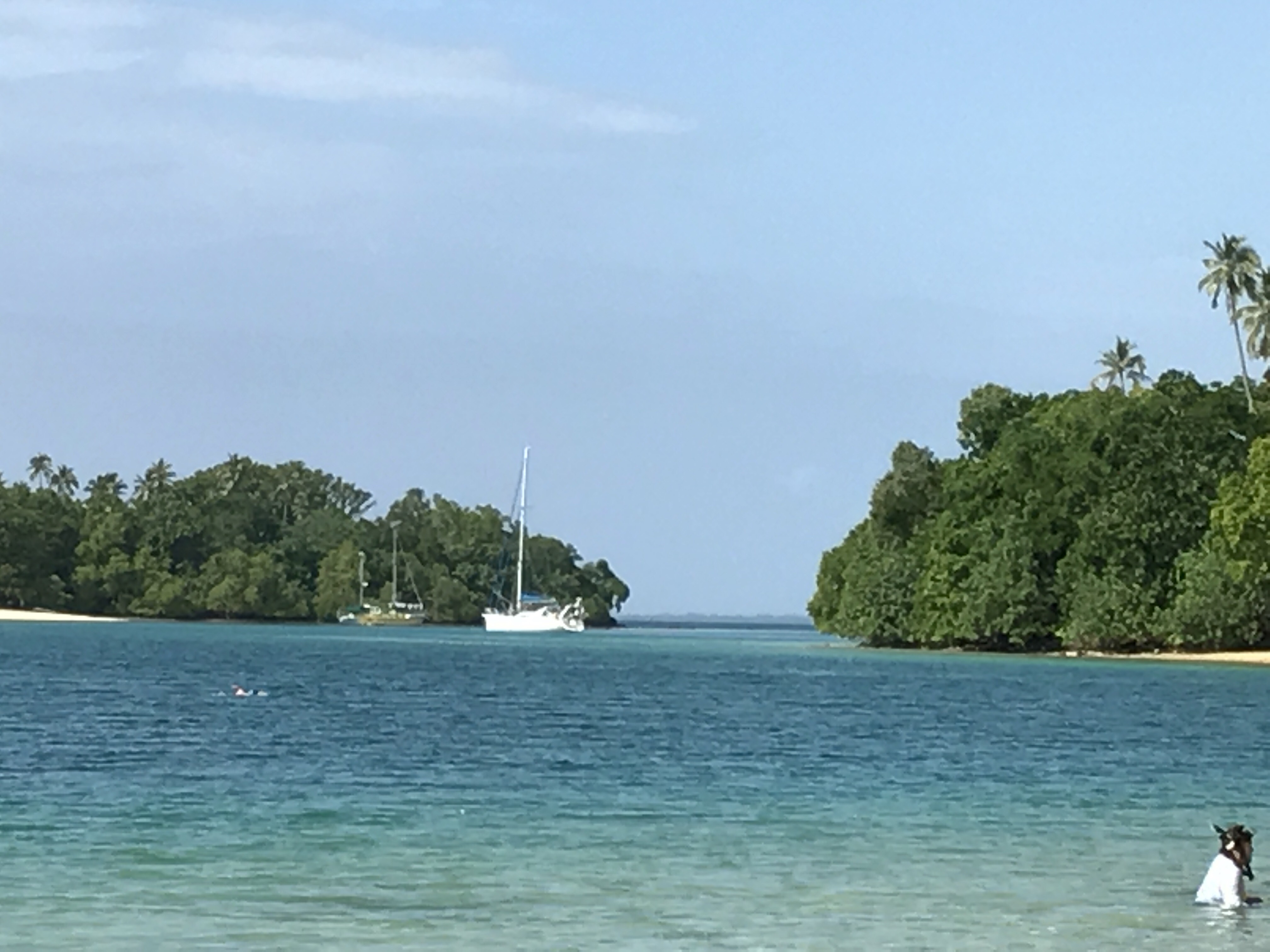
Espiritu Santo is the largest island of the 80 Vanuatu Islands and like the TV show, it heralded beautiful white sand beaches, cool blue holes and world renowned snorkelling and diving. It is part of the volcanic Pacific ring of fire therefore earthquakes, tsunamis and eruptions are par for the course in that region.
The ship docked in Luganville, the provincial capital. It is the cool season here at 82F not factoring the humidity. The buses we use have nature’s air conditioning (open windows) and perhaps lacking in suspension shock absorbers as our backsides jolt when we hit the many bumps in the roads.
It doesn’t take long to notice as we drive out that the standard of living is a bit higher here than the other islands we have visited in Melanesia. The houses are better constructed and maintained with nice flower gardens and most importantly we all noticed the significant reduction of garbage strewn everywhere like we saw in other islands.
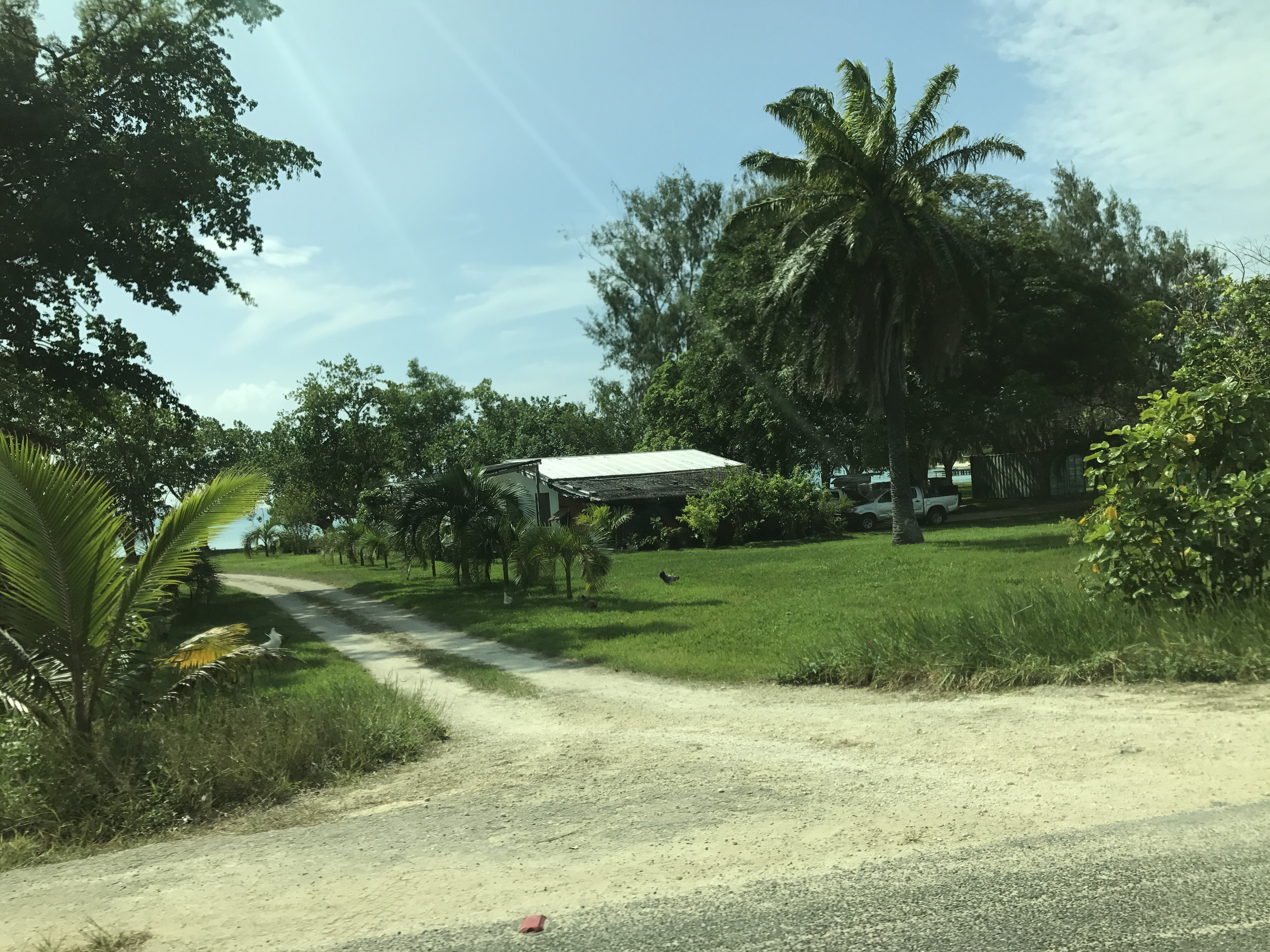
Our guide Maxime points out to us the garbage dump as we drive by and we can see the refuse bagged at the end of driveways ready for pick up.
The countryside has many plantations such as bananas and coconut.
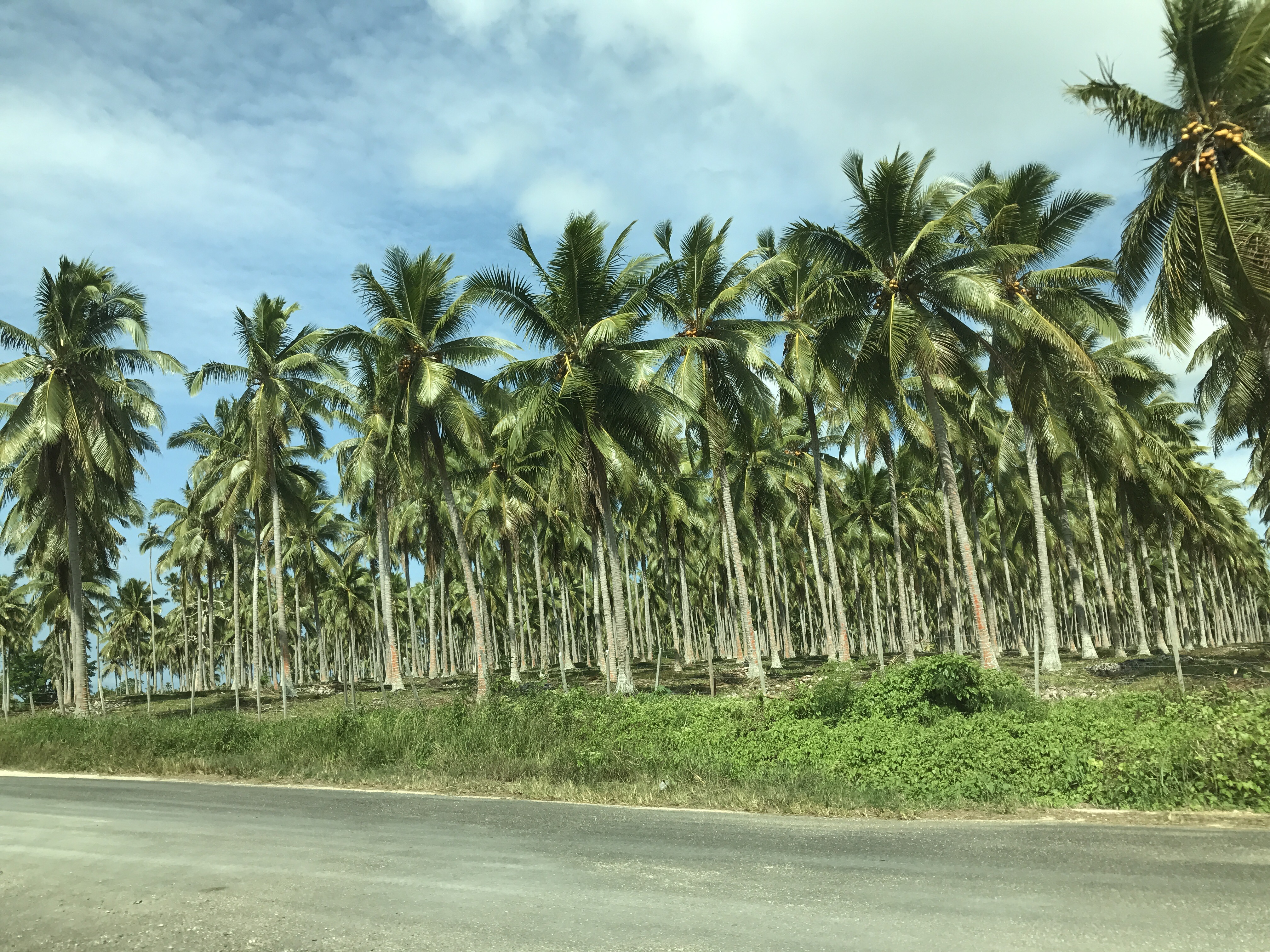
We can see downed or chopped off coconut trees affected by Cyclone Pam that went through the region in 2015 devastating many areas in the Pacific including the Vanuatus.
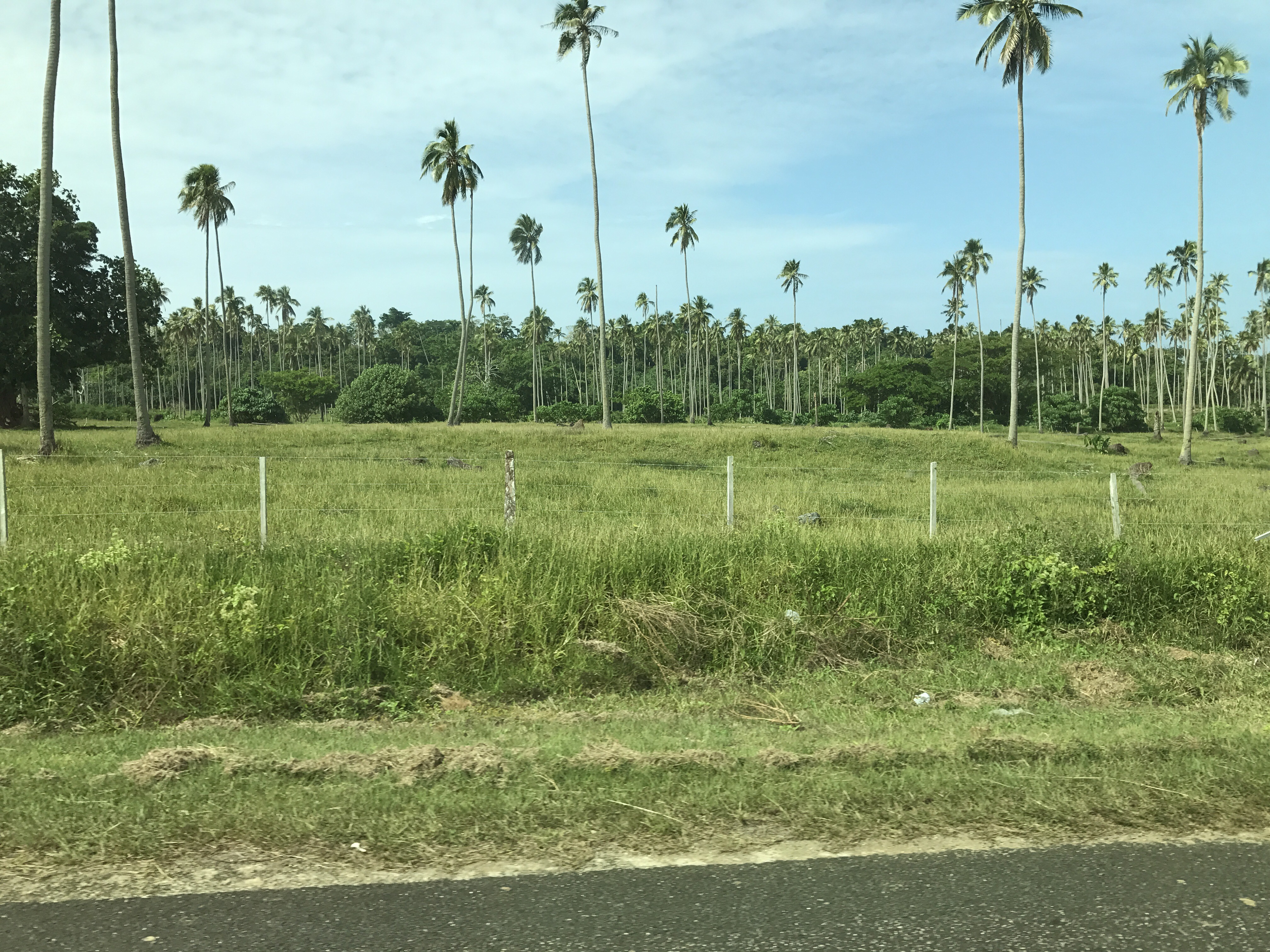
We arrive at a private beach for our first snorkelling experience of the day. You do feel like you are in paradise. There are small islands across from us with mangroves, large white sailboats anchored just offshore.
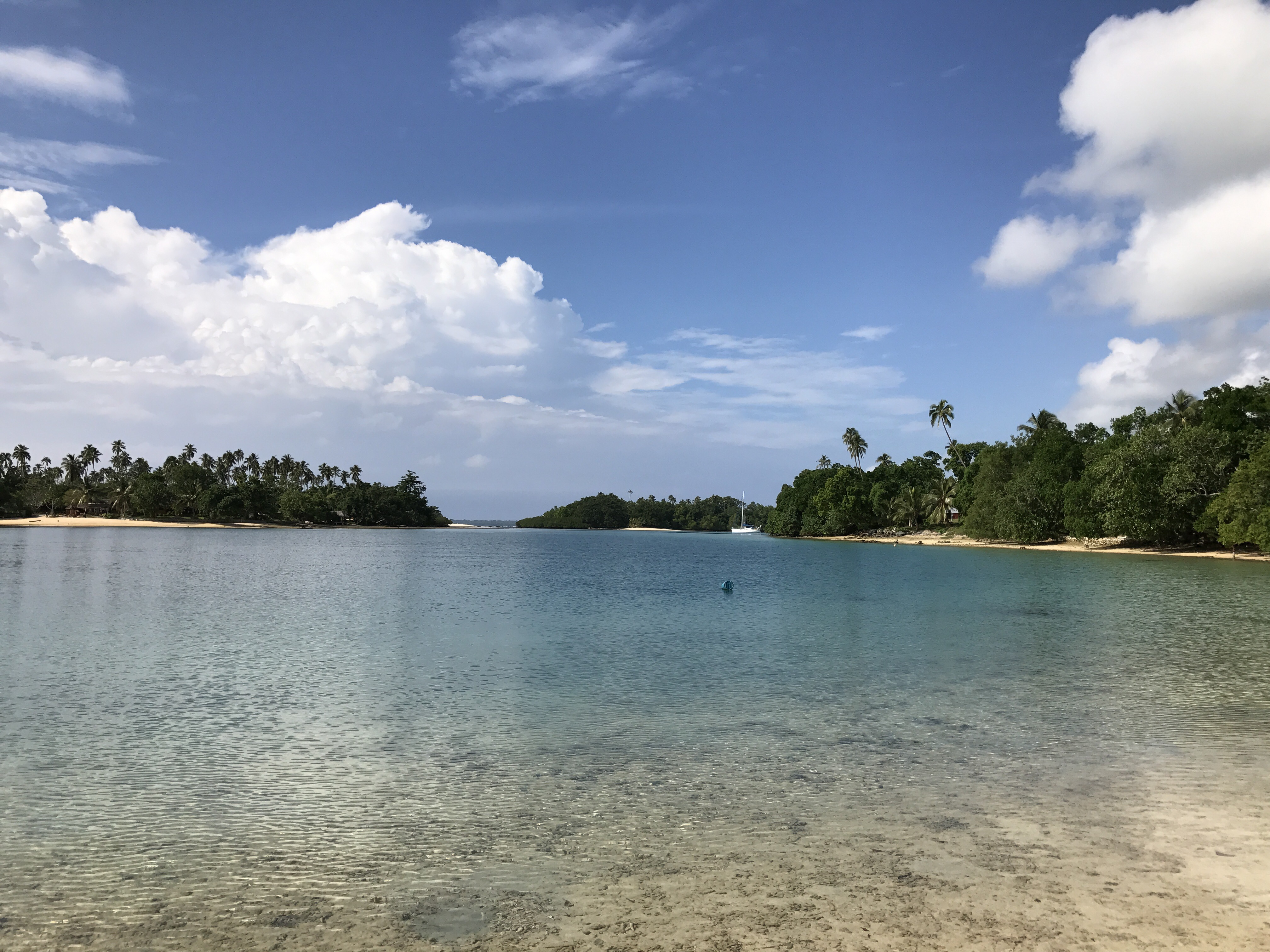
The beach has nice sand to walk on but when entering the water you do need some water shoes or fins on to get over the broken while coral.
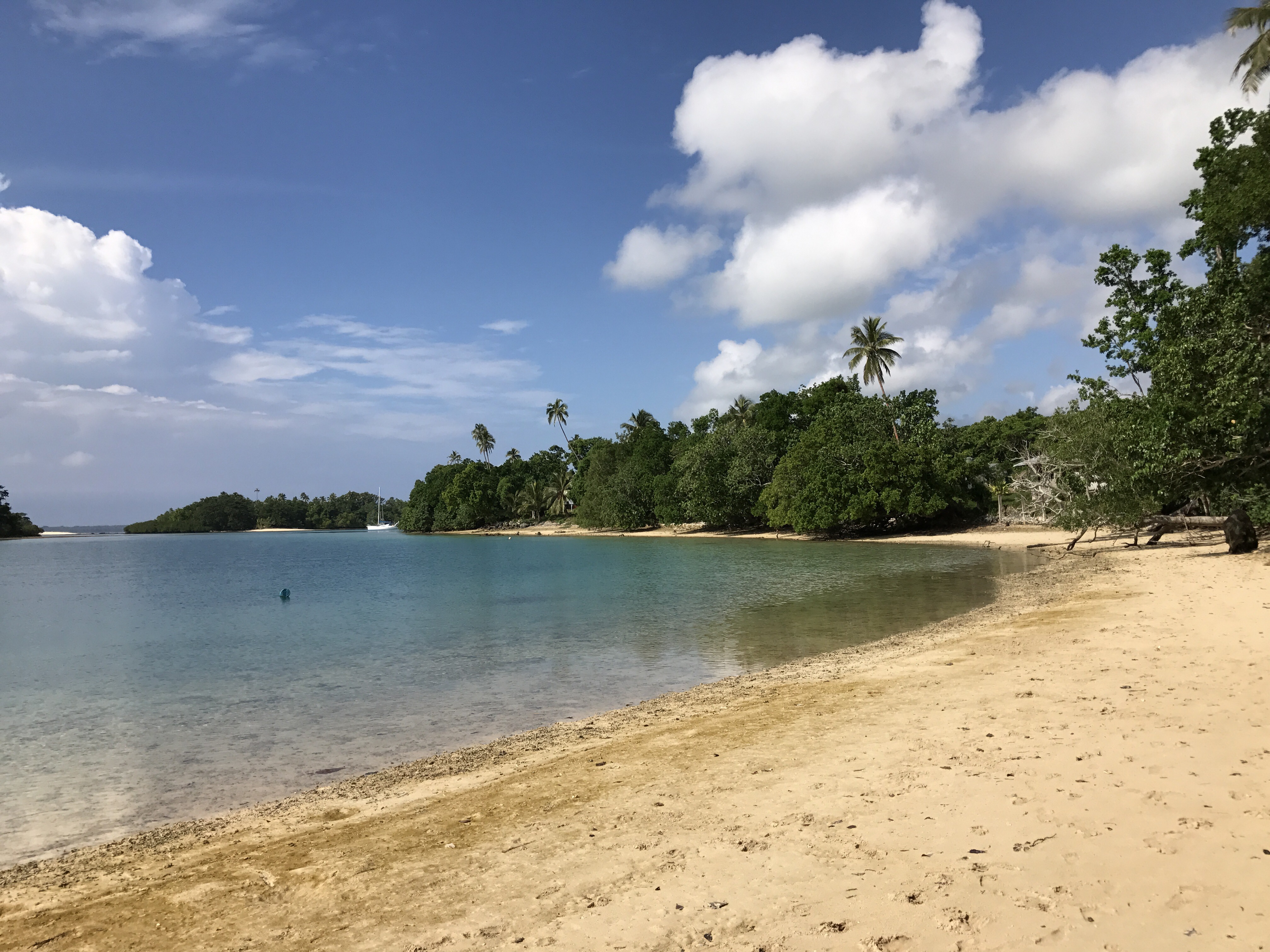
The top two feet of water is a bit brackish making it difficult to see any fish or the airplane wreck just a feet metres off shore. But diving down, the water clears allowing for much better photos.
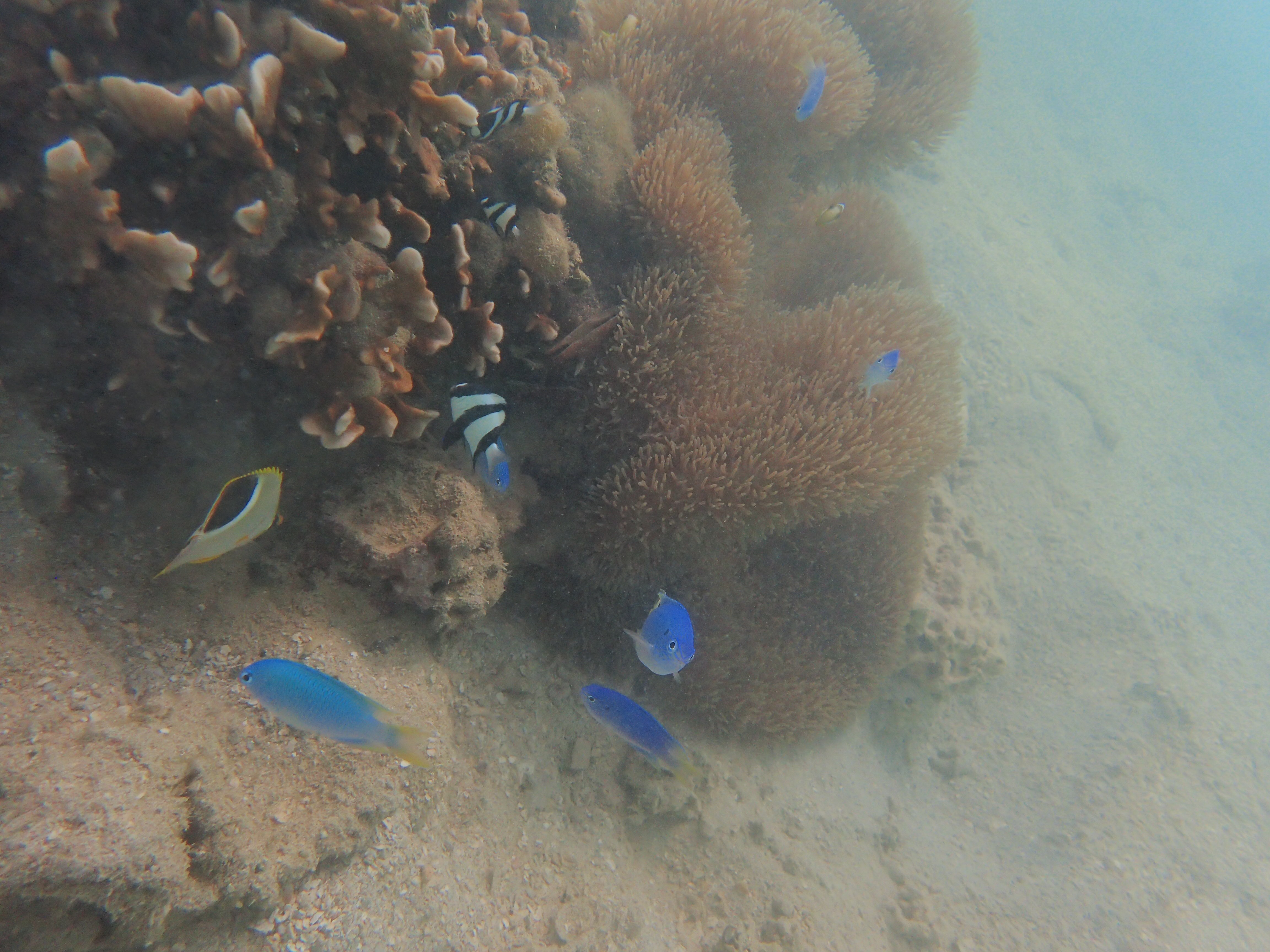
A few ladies have some clothing and souvenirs for sale for us. Again the people like our last few stops are friendly and do not push their wares on you. The children are always curious and enjoy posing for a photo.
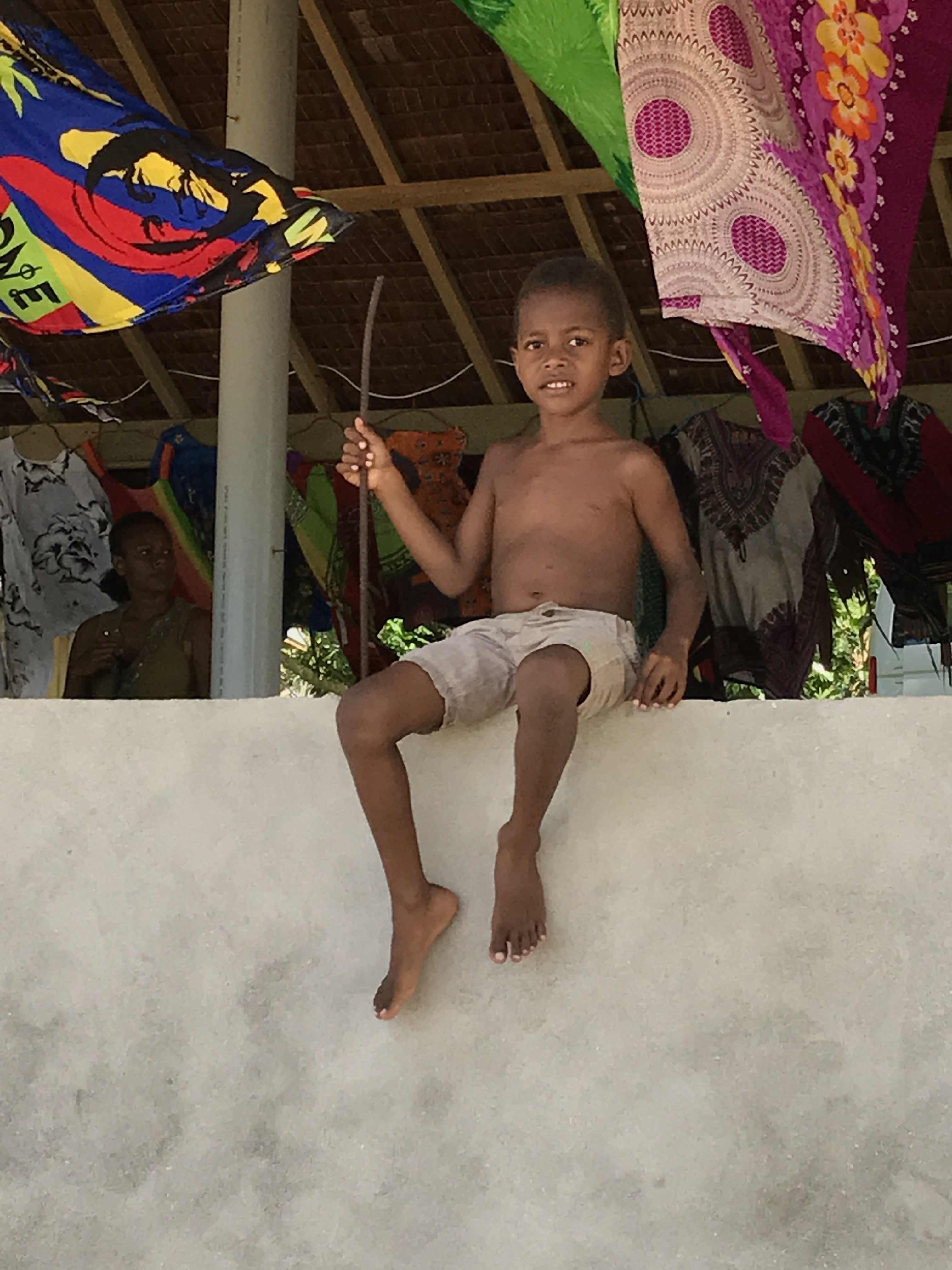
After our fill of snorkelling and swimming in the ocean, we board the buses to go to our next stop at a famous blue hole called Matevulu. Also private, there is an entrance fee of about $5.00 USD but it is included in our tour.
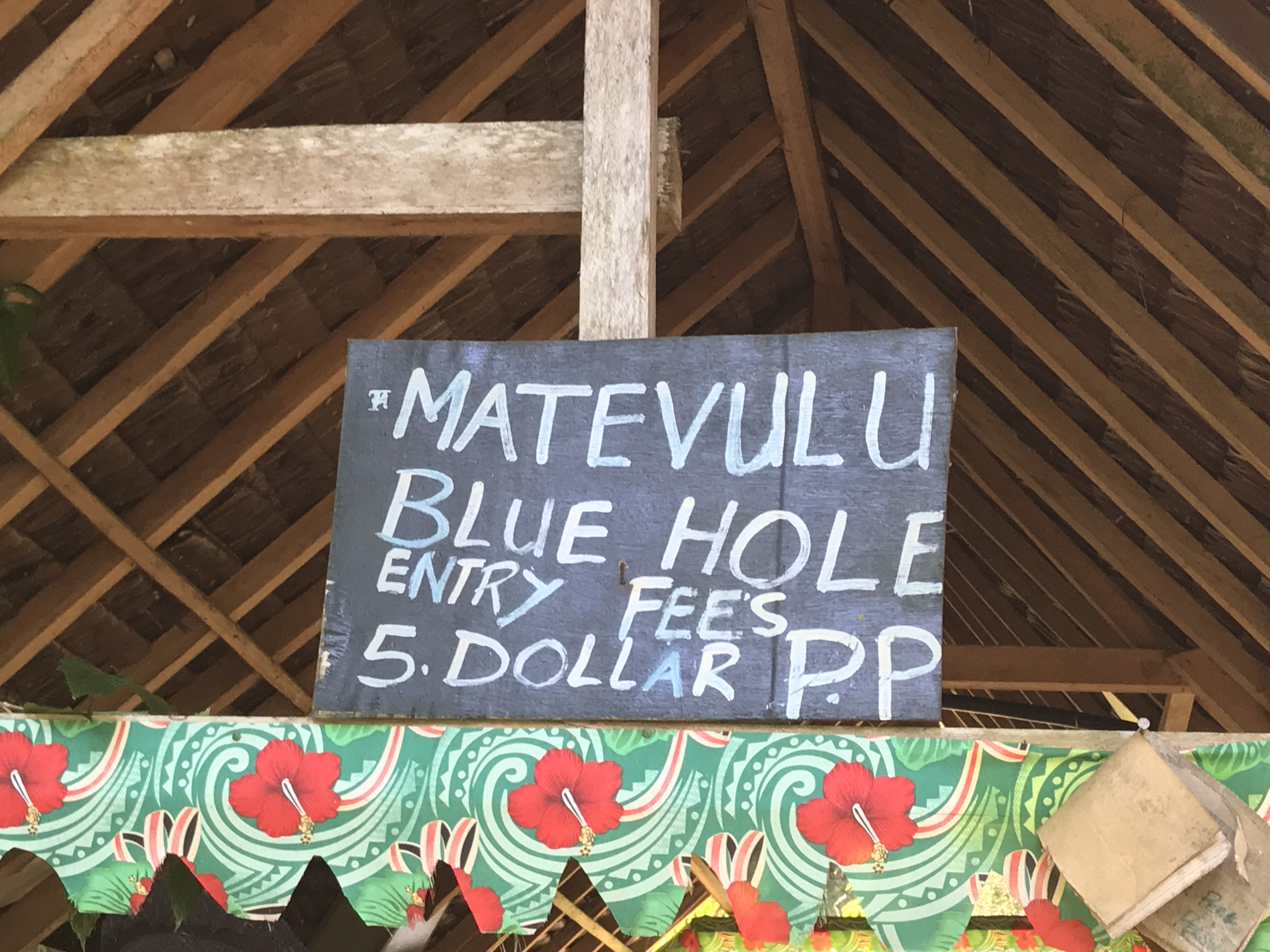
Like cenotes in Mexico, blue holes are exposed limestone caverns filled with spring water. Depending on the light from the sun that day, the water may appear blue or green.
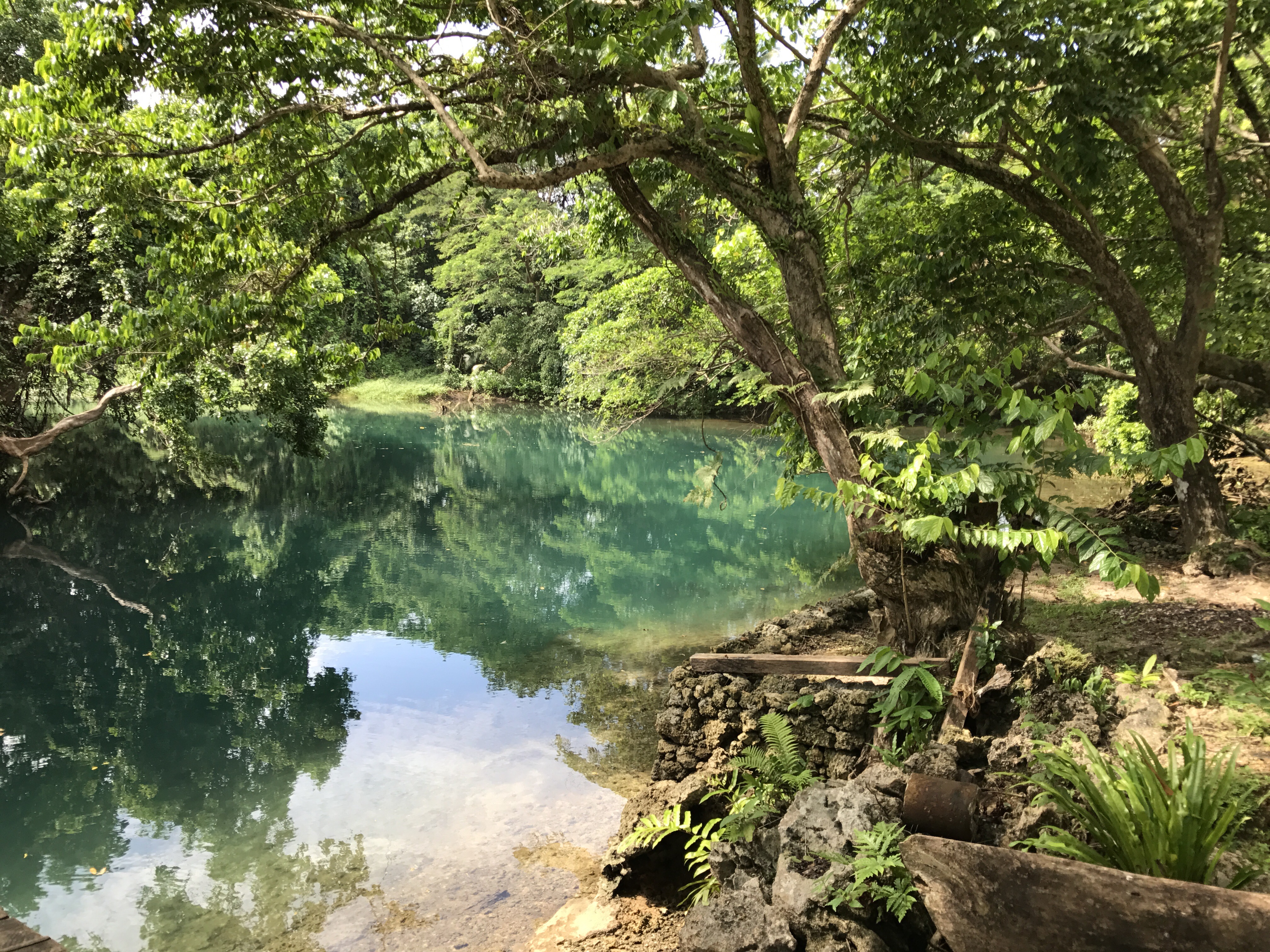
Since it is fresh water, the temperature is only about 22C (74F) which for some passengers accustomed to living in southern climates is cold but nice for those living in northern climates.
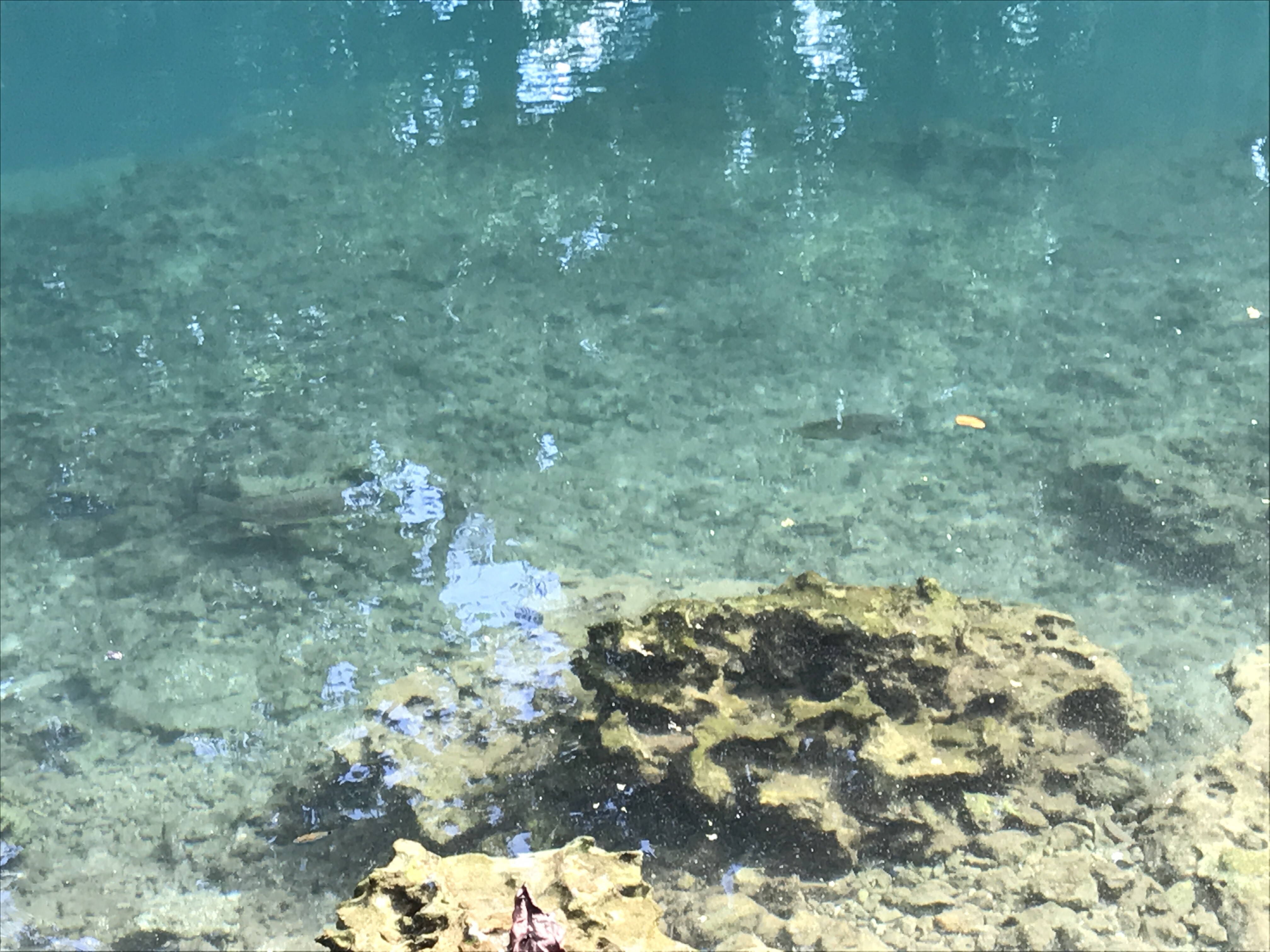
A swing rope attached to a tree where you launch from the raised dock attracts a few takers even when cautioned “you’re on your own” by the guides. After his second jump, Chris unfortunately somehow made the rope disappear above in the tree!
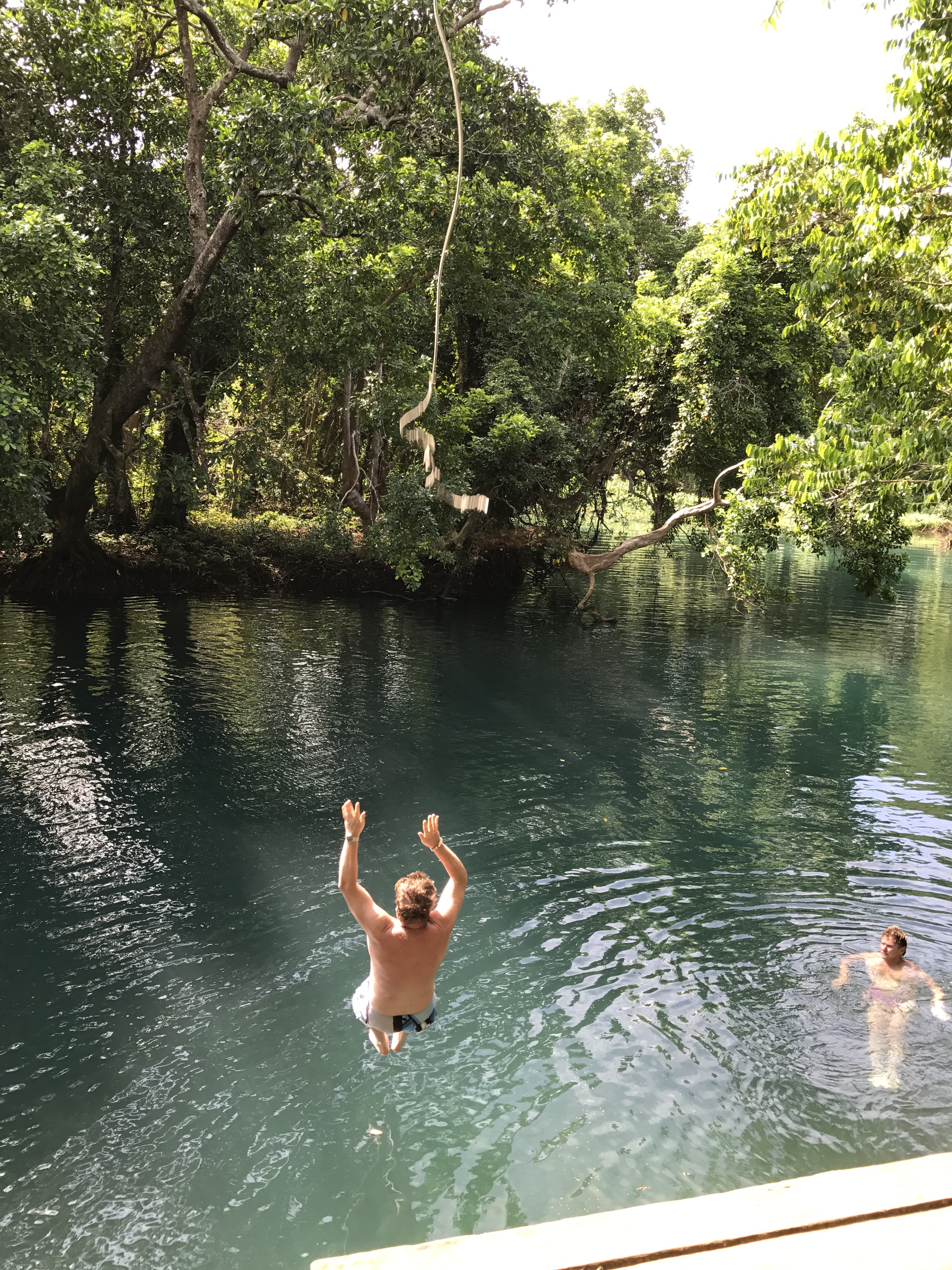
It’s refreshing getting in the cool spring water. It drops off very quickly to a depth of 18 metres (60 feet). The visibility today is only good if you stick close to the shore rocks. But there’s nice flora growing in and around the water and a lot of freshwater fish.
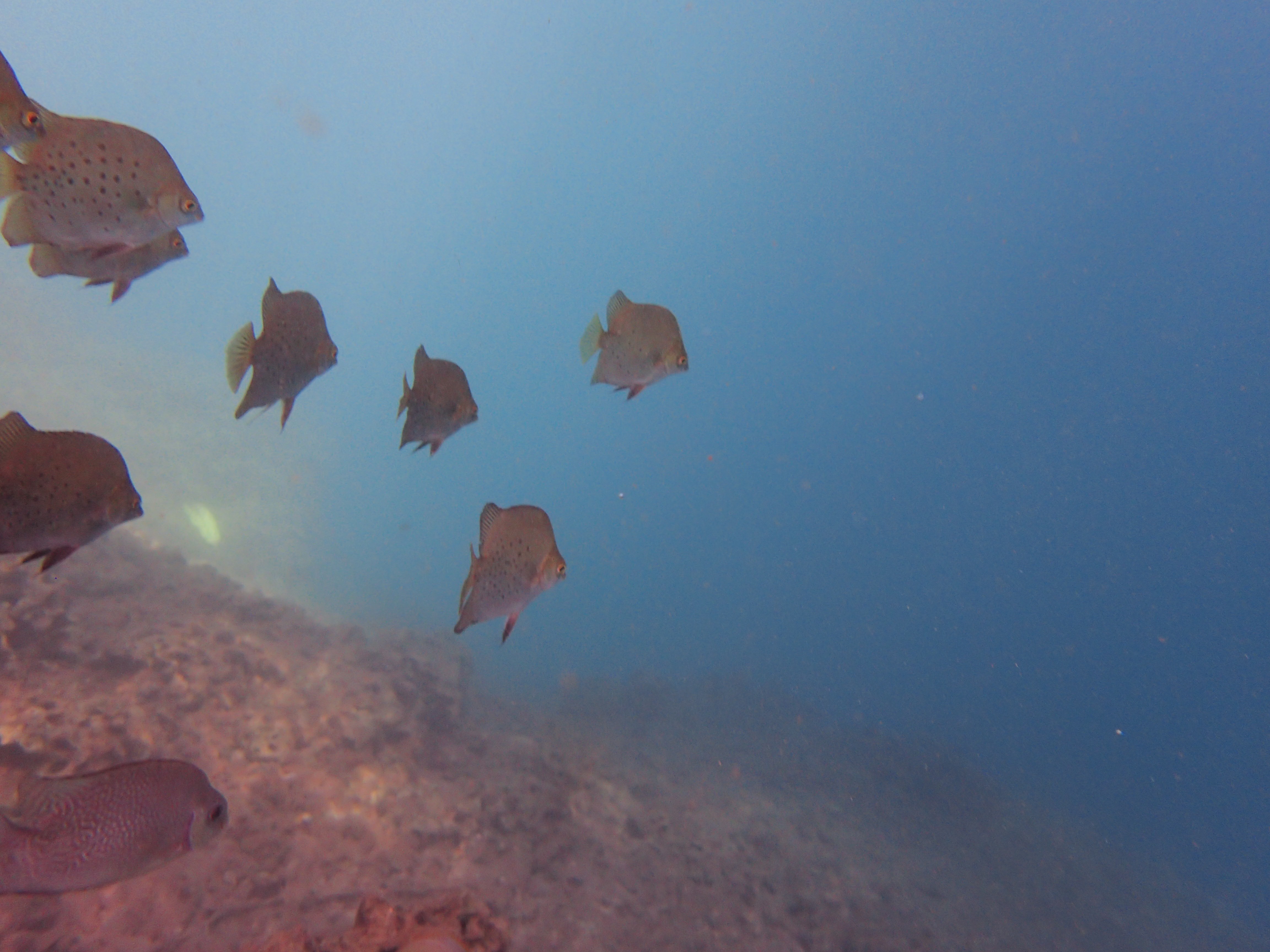
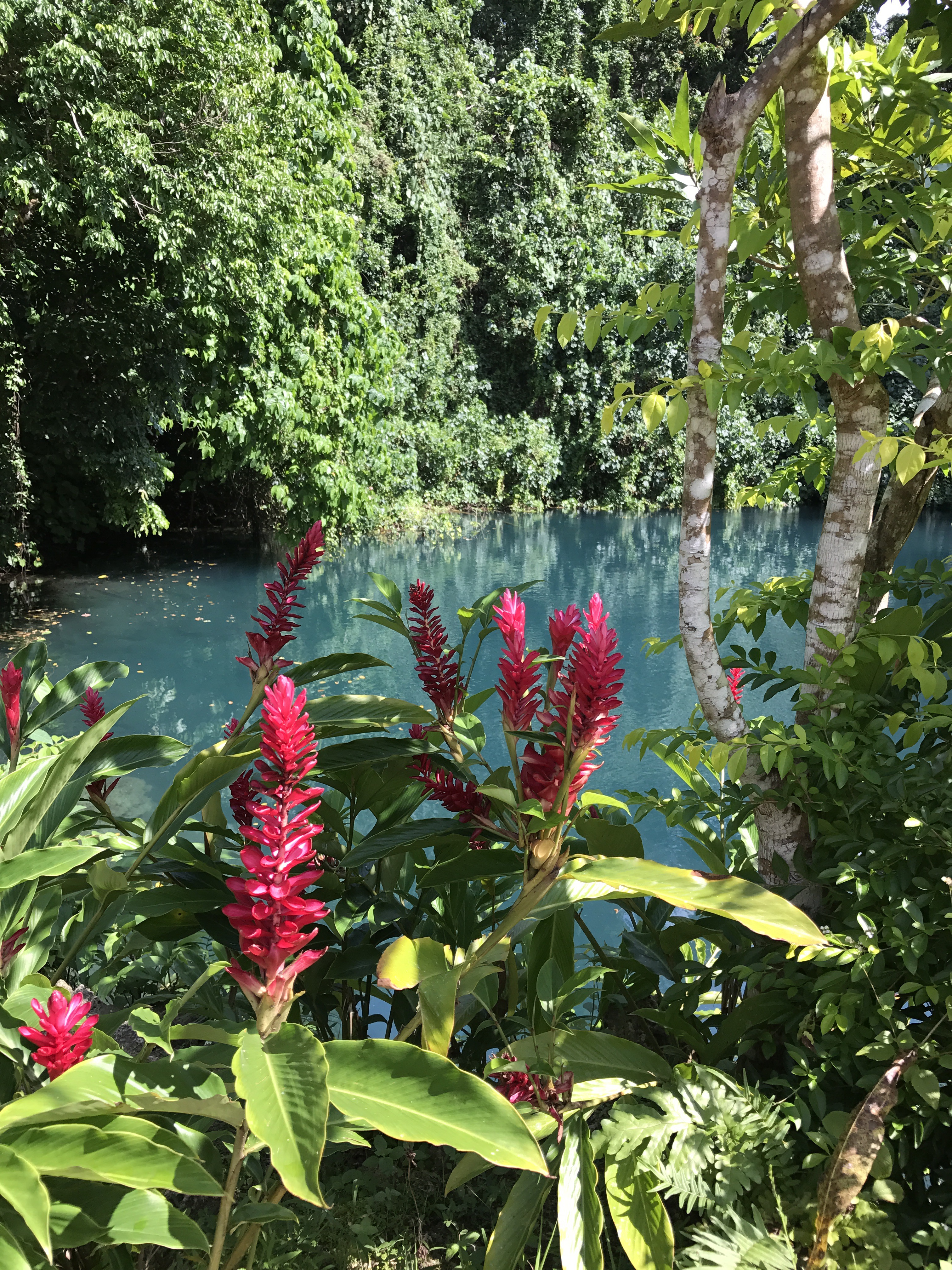
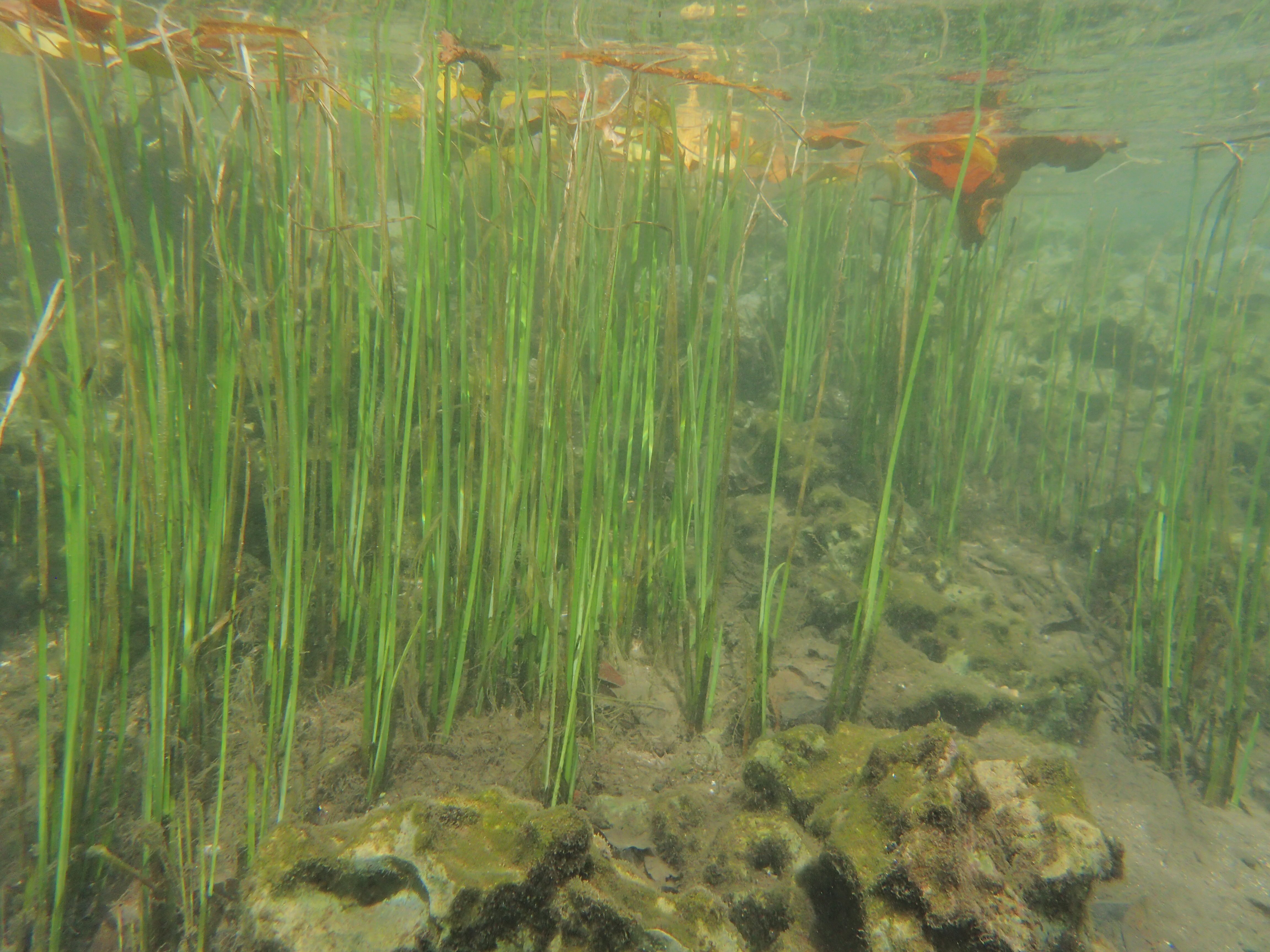
Getting to the blue hole, you need to get on a road that used to be an old WWI U.S. air strip. You can still see the pavement on the side of the road where is being overtaken by vegetation.
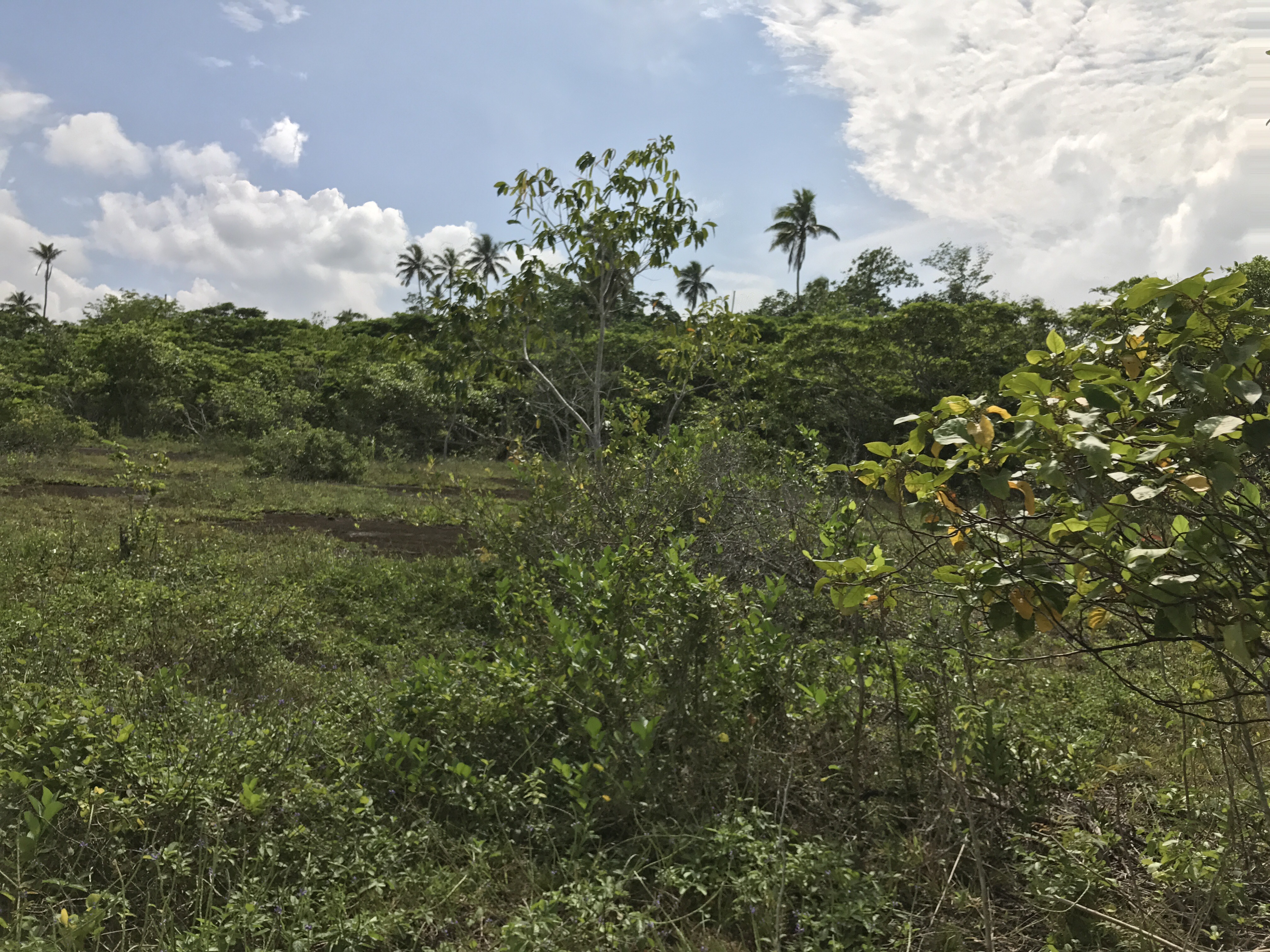
During WWII, the Allied forces occupied the islands. When the war ended, the Americans offered to sell their army equipment to the British and French for .06 cents on the dollar. Believing that the Americans would not go through the trouble of lugging all that equipment home anyways, they refused the offer.
To spite them, the Americans dumped everything from weaponry to bottles of Coca-Cola off a wharf into the sea which is now known as Million Dollar Point as there was close to a million dollar of equipment at that time that was rid of.
They even drove the bulldozers that were used to push the equipment off into the sea as well ensuring nothing was left for free for the Europeans! An ecological travesty these days, however this event gave rise to the diving tourism that exists today to see all of the hardware at the bottom of the sea.
There are not that many cruise ships that make a port of call in the Vanuatu Islands however, the guide did make a point of saying that there are now some direct flights from Brisbane for those that would like to return for a longer stays at the resorts. Unfortunately, because of a public holiday for their President that had passed away a few days before our arrival, most shops were closed in town so we weren’t able to visit them.
We would have definitely wanted to spend more time in Vanuatu, the locale for James Michener’s Tales of the South Pacific and subsequent South Pacific musical. It is certainly beautiful and inviting.
Cheers!
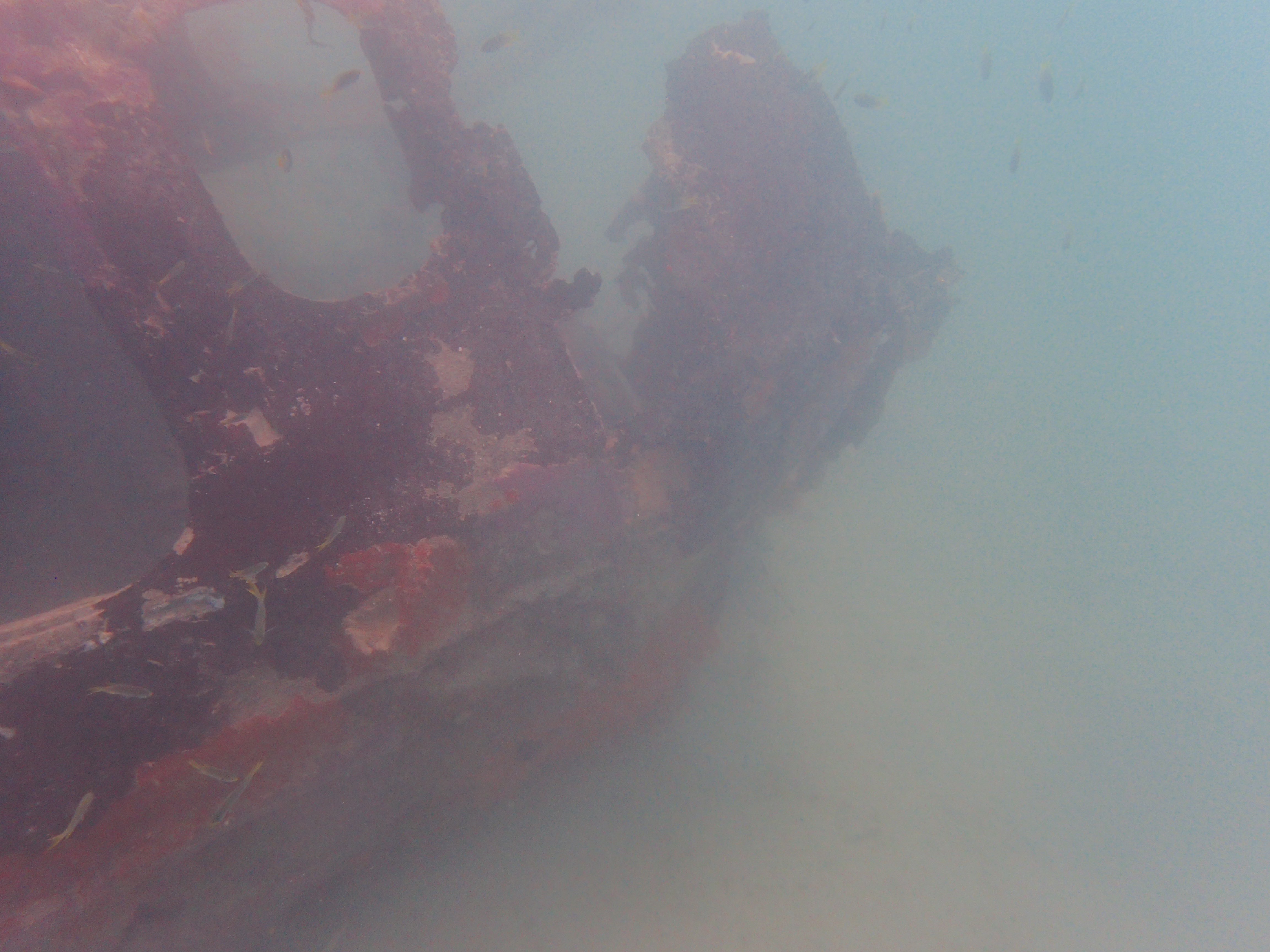
Recent Comments